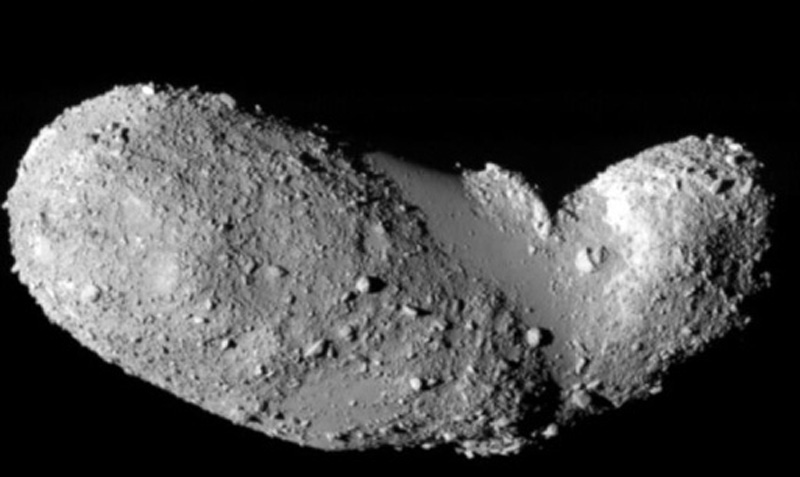The main SDSS imaging survey covered 7500 deg2 in the northern Galactic cap and 750 deg2in the southern Galactic cap, where each patch of the sky was imaged in five filters in a single visit. The 270 deg2 of Stripe 82 (a thin long area within 21 h < RA < 04 h and −1.25° < Dec < 1.25°; see Fig.
1) were repeatedly imaged (about 80 times) as a time-domain survey (
Sako et al. 2008;
Frieman et al. 2008). Both surveys include 80 common runs. We only kept 756 runs from DR16, rejecting the runs that were affected by bad weather (e.g., clouds, bad seeing) and thus had a quality score below 0.1. In total, we analyzed 938 unique runs, about twice as much as those listed in the ADR4.
The median 5
σ depth of SDSS photometric observations, based on the formal uncertainties from point spread function (PSF) photometry on point sources, are, in AB magnitudes:
u = 22.15,
g = 23.13,
r = 22.20,
i = 22.20, and
z = 20.71 (
Ahumada et al. 2020). We thus set a brightness limit of 22.2 in
r (0.7 magnitude fainter than the selection criterion of
Ivezić et al. 2001).
Contrary to the ADR4 extraction we did not set an upper limit on the apparent velocity, to avoid the rejection of NEAs. Furthermore, as sources moving faster than 0.5° day−1 may appear trailed in the images, we did not restrict the object type to stars only, but allowed both stars (type=6) and galaxies (type=3). The larger number of runs, combined with our more relaxed selection criteria to maximize the completeness (the SQL (Structured Query Language) code is provided in Appendix
B for reproducibility). leads to a dramatic increase in the number of SSO candidates compared to the ADR4: 4 804 003 in DR16 and 4 071 153 in Stripe 82.

